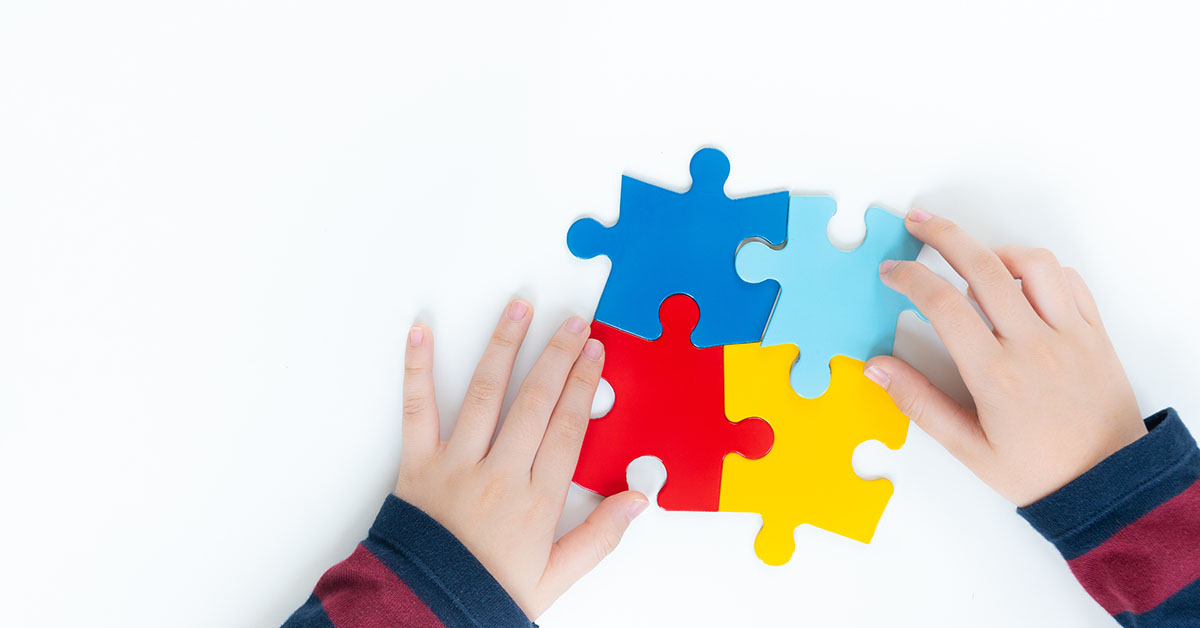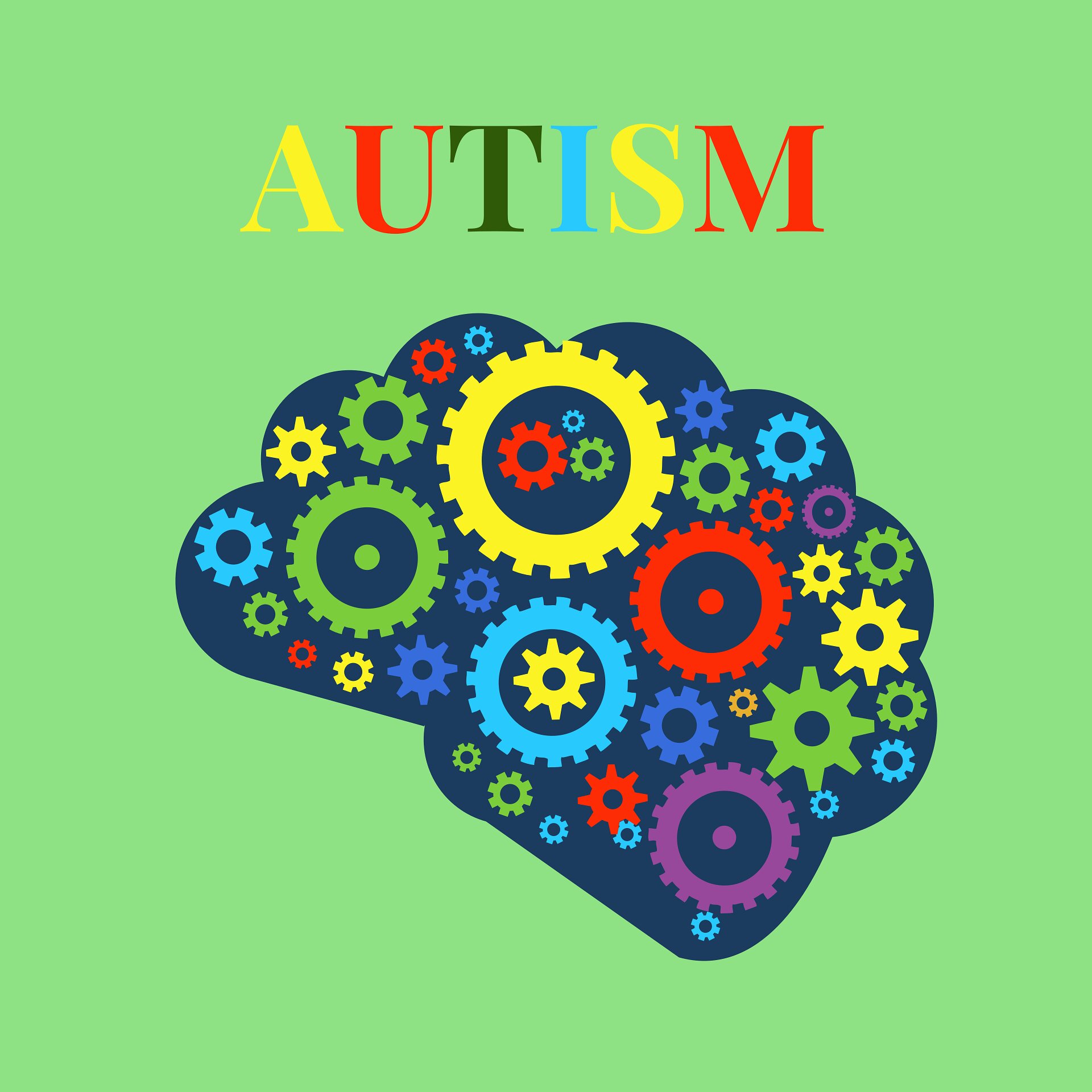The Relevance of Family Assistance in the Trip with Autism
Exploring Autism: Strategies for Effective Interaction and Communication
Reliable interaction and interaction with people on the autism spectrum require an extensive understanding of their one-of-a-kind requirements and preferences. Methods such as using clear language, making use of aesthetic assistances, and fostering regular regimens can dramatically boost interaction and reduce anxiousness. In addition, acknowledging the importance of non-verbal hints and shared passions leads the way for purposeful links. Nonetheless, the ins and outs of these methods disclose additional factors to consider that warrant exploration, especially in how they can be adjusted to private experiences and varied contexts. What might these adaptations resemble in method?
Recognizing Autism Range Problem
Autism Range Disorder (ASD) encompasses an array of neurodevelopmental problems identified by obstacles in social communication, communication, and repetitive actions. The term "spectrum" mirrors the varied indications and varying degrees of intensity experienced by people with ASD. While some may show substantial impairments, others may present high-functioning traits, enabling for better self-reliance in life.
The beginning of ASD commonly takes place in early youth, with indications often recognizable by age two. Early indicators may consist of postponed speech development, minimal eye call, and troubles in recognizing social hints. Although the specific etiology of ASD remains vague, study recommends a combination of environmental and hereditary factors plays a critical role in its advancement.
Individuals with ASD typically have one-of-a-kind staminas, such as heightened attention to information and extraordinary memory skills. Nonetheless, they may have problem with recognizing abstract ideas and handling changes to routine. Therefore, treatments and support tailored to specific demands are essential for fostering communication and social abilities. Identifying the intricacy of ASD is important for promoting recognition, acceptance, and effective strategies that facilitate significant interactions with people on the range.
:max_bytes(150000):strip_icc()/autism-coping-4686275-v5-0ebcd414a35a481282d891a9d69d4bb9.png)
Relevance of Clear Interaction
Reliable communication is essential for promoting understanding and link, particularly for individuals with Autism Spectrum Condition (ASD) Clear communication not just helps with social communications yet also improves the individual's capability to share their thoughts, feelings, and requirements. For people with ASD, the subtleties of language can frequently be challenging; consequently, using straightforward and unambiguous language is crucial.
Furthermore, clear communication helps decrease stress and anxiousness that might emerge from misconceptions. When messages are shared in a constant and straight manner, people with ASD are better equipped to analyze details precisely, which can considerably enhance their social involvement and involvement in various settings.
Developing regimens and using visual supports can further bolster clear communication. These strategies provide individuals with predictable structures that aid comprehension and retention of information. Additionally, proactively being and listening person during communications advertises a helpful environment where people with ASD feel valued and recognized.
Ultimately, focusing on clear interaction not only equips individuals with ASD yet likewise cultivates even more significant connections with their peers, caregivers, and the wider area, leading the way for inclusive interactions and collaborative relationships. - autism
Non-Verbal Interaction Techniques
Interaction extends past words, and for individuals with Autism Spectrum Disorder i thought about this (ASD), non-verbal hints play a substantial role in interactions. Non-verbal interaction strategies can include faces, gestures, body language, and eye call, every one of which work as important components for conveying feelings and intents.
Understanding and interpreting these non-verbal signals can enhance communications with people with ASD. A warm smile or open stance can develop a welcoming ambience, motivating engagement. Making use of visual aids-- such as picture cards or icons-- can bridge communication spaces and help share messages extra properly.
It is additionally crucial to be conscious of individual area, as individuals with ASD might have various convenience levels pertaining to distance. Observing their reactions to physical closeness can inform proper changes.

Developing Helpful Settings
Creating a supportive atmosphere is essential for promoting favorable communications and improving the well-being of people with Autism Range Disorder (ASD) Such settings can significantly lower anxiousness and create a sense of safety, permitting people to share themselves a lot more freely.
To achieve this, it is important to think about sensory sensitivities that individuals with ASD may experience. Changing the physical area to consist of soft lights, very little background sound, and comfy seating can produce a soothing environment. Additionally, using consistent regimens and clear visual timetables can help individuals expect transitions and reduce unpredictability, more promoting convenience.
Social spaces need to be structured to minimize overwhelming stimulations while giving opportunities for interaction in recommended tasks. Promoting locations designated for silent time can additionally act as a haven during moments of stress. Importantly, including components of option empowers people, allowing them to exercise company in their atmosphere.

Urging Social Communications
Fostering social interactions among individuals with Autism Spectrum Disorder (ASD) calls for intentional strategies that prioritize comfort and interaction. Establishing foreseeable routines can help decrease anxiety, making social setups extra friendly. Producing organized settings with defined obligations and roles permits individuals to engage without the frustrating stress of unstructured social characteristics.
Incorporating rate of interests and staminas right into social activities can work as a stimulant for communication. As an example, arranging team tasks around shared hobbies or topics of fascination can promote all-natural conversations and connections. Additionally, using aesthetic assistances, such as social manuscripts or pictorial schedules, can help in comprehending social signs and assumptions.
Designing ideal social behaviors is vital - autism. Peers and grownups need to show reliable interaction strategies, consisting of active listening and turn-taking. Role-playing circumstances can additionally give a secure area for individuals to practice these skills
Finally, promoting find out this here peer connections with inclusive practices is vital. Motivating inclusive playdates or team getaways can develop possibilities for socializing in a comfortable setting. By implementing these caretakers, teachers and techniques can dramatically boost social interactions for individuals with ASD, promoting their total social growth and wellness.
Final Thought
In conclusion, reliable communication and communication approaches are crucial for supporting people with Autism Spectrum Problem. Emphasizing clear language, including non-verbal cues, and developing predictable regimens considerably boost engagement and lower anxiety. Producing supportive atmospheres cultivates safe social communications, while motivating shared interests promotes significant connections. Eventually, these approaches equip individuals with autism to navigate social landscapes, promoting their total well-being and allowing the growth of lasting connections.
Effective communication and interaction with individuals on the autism spectrum require a detailed understanding of their one-of-a-kind needs and preferences. Clear communication not only helps with social interactions however likewise improves the individual's capability to express their feelings, ideas, and requirements.Promoting social interactions among people with Autism Range Problem (ASD) requires deliberate methods that prioritize comfort and engagement. By implementing these caretakers, educators and approaches can considerably enhance social communications for individuals with ASD, promoting their general social advancement and well-being.
In verdict, efficient communication and communication methods are vital for supporting people with Autism Spectrum Disorder.